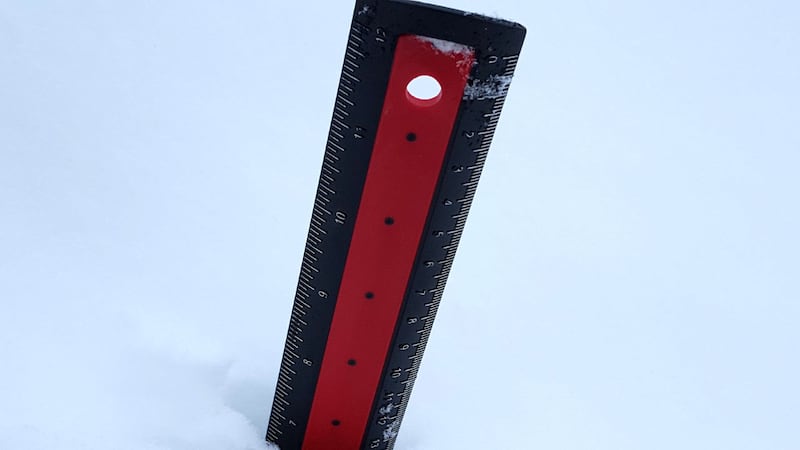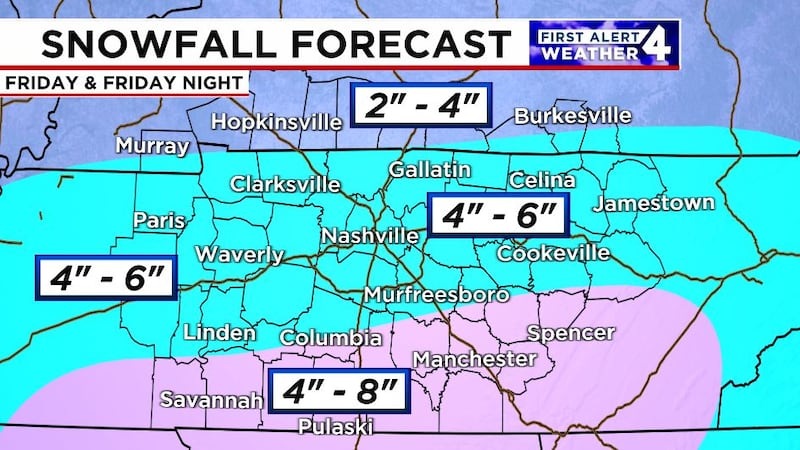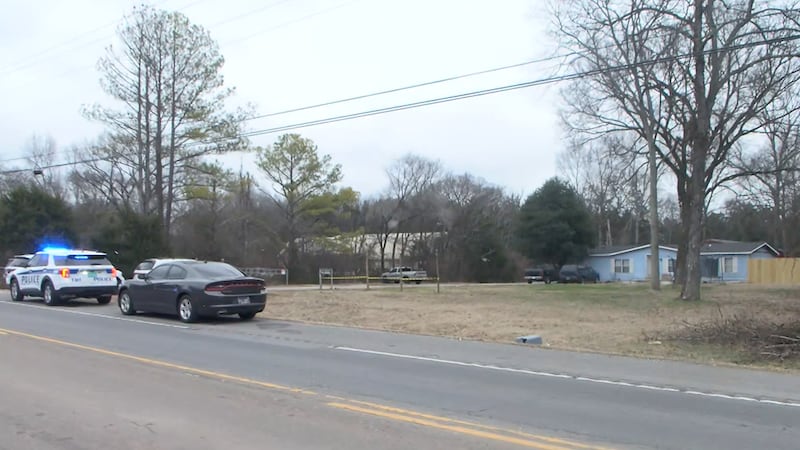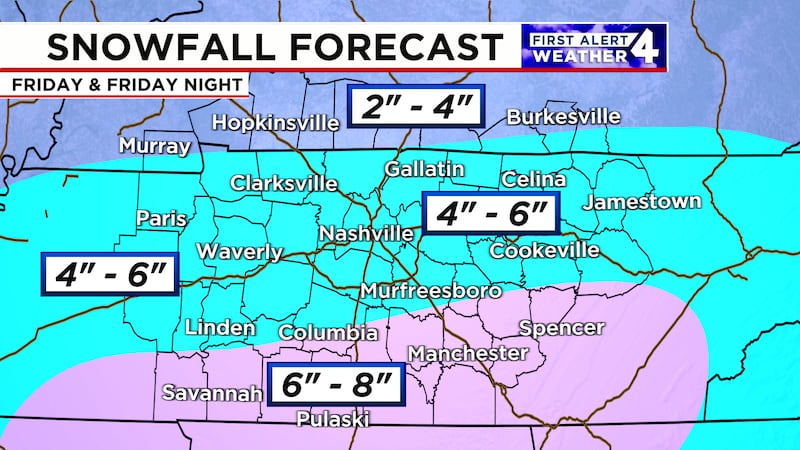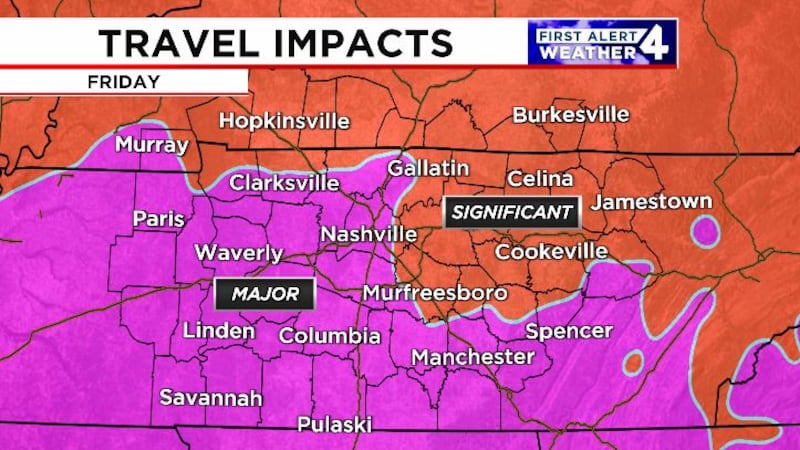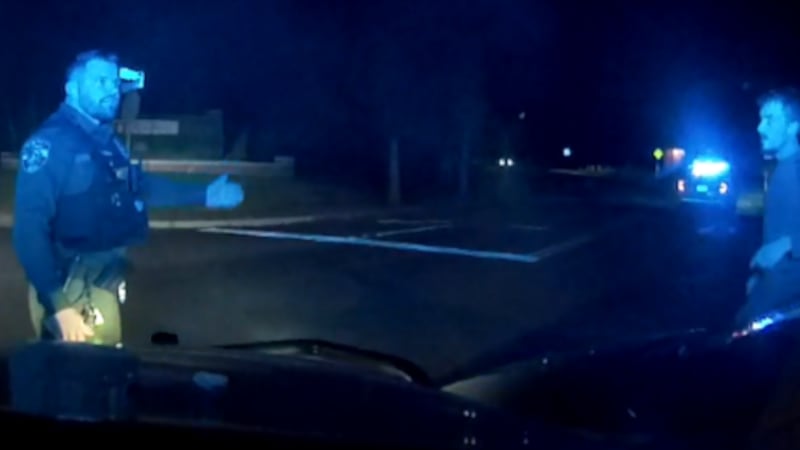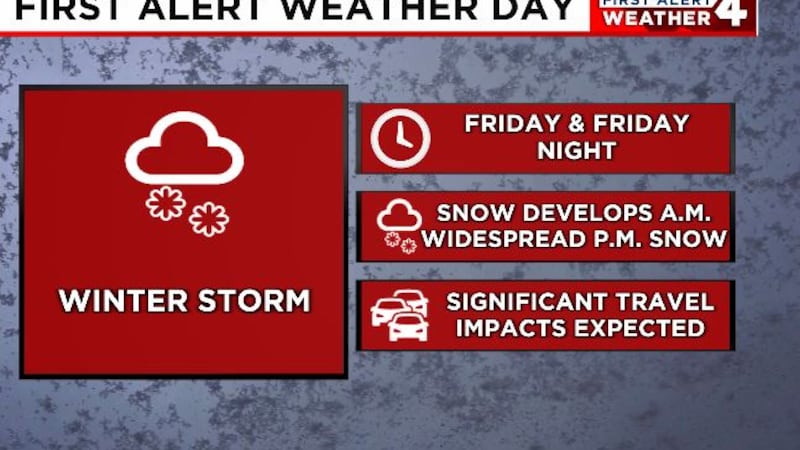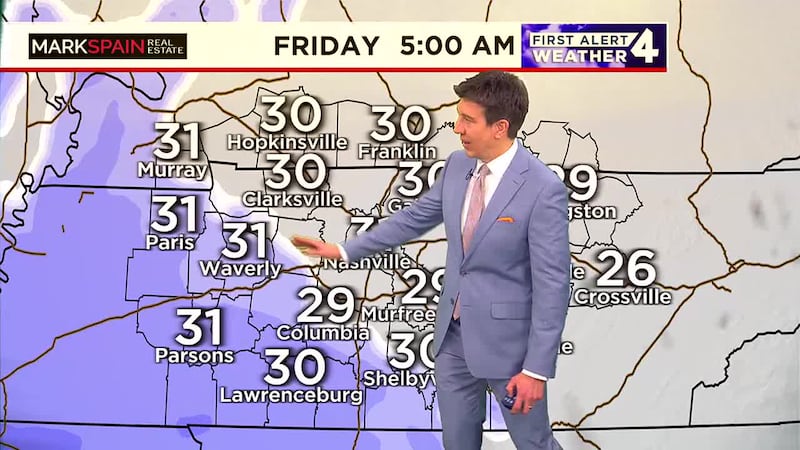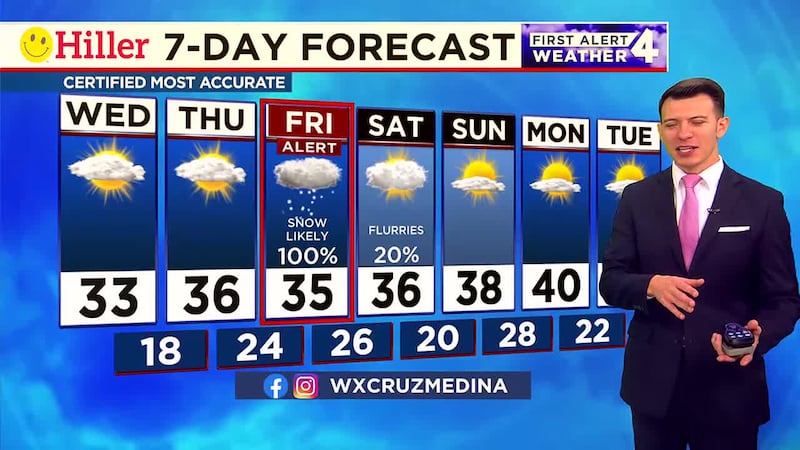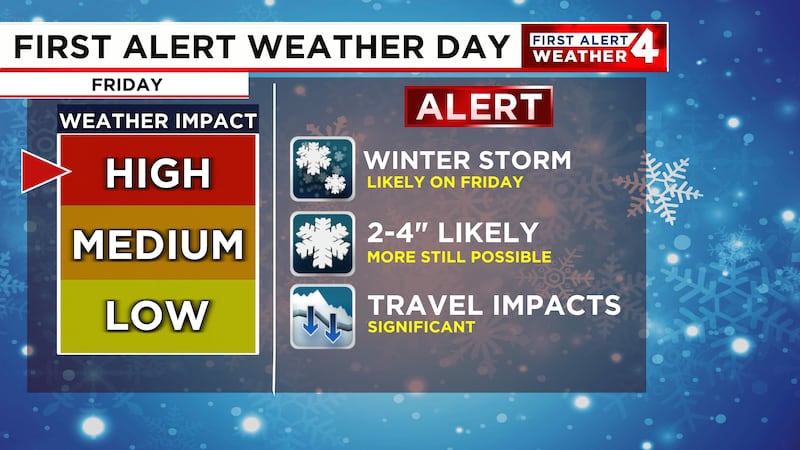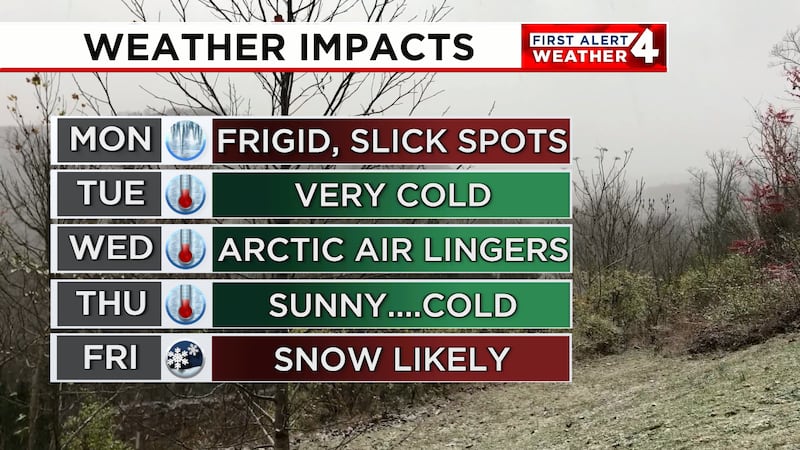Tracking bird migration with Doppler radar
The Doppler radar is used for tracking more than meteorological targets.
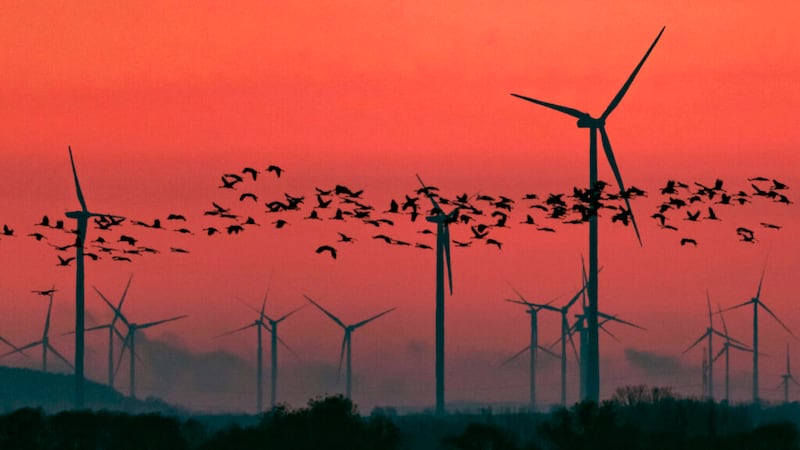
NASHVILLE, Tenn. (WSMV) - Seasons are changing and with that comes bird migration. Of the many ways they can be tracked, Doppler radar is one of the most efficient.
It is estimated that each night this week, there will be over 2 million birds that migrate south. Some of these birds will fly to the southern U.S. and others will fly to South America. This migration is tracked year in and year out.
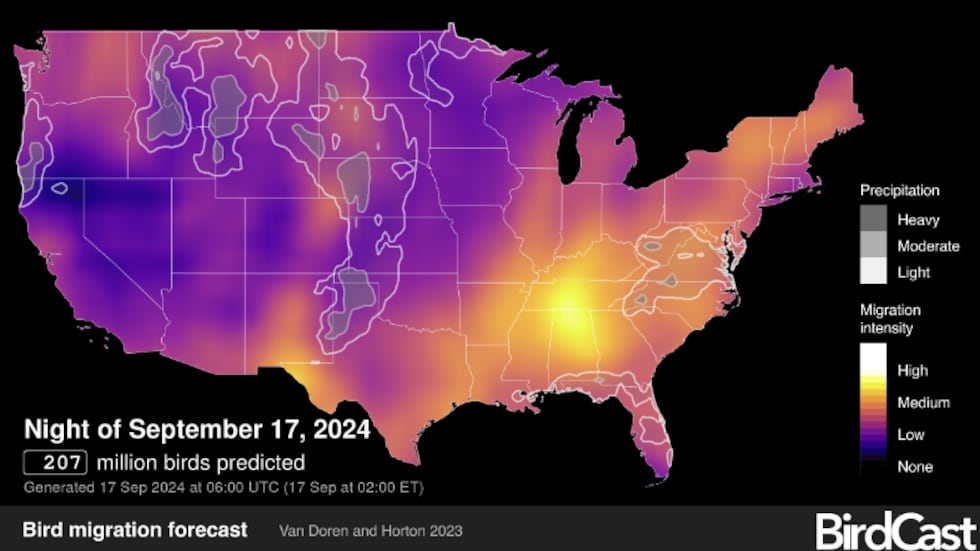
Birds migrate when the weather starts getting cooler to find food, nesting locations, and escape the cold. BirdCast is a migration tool that takes into account previous migrations, migration patterns, and migration timing.
BirdCast also turns weather radar data into information on the numbers and flight direction of birds to expand the understanding of migratory bird movement.
Meteorologists use radars to detect rain, hail, ice, snow, etc... These same radars can also detect non-meteorological targets, like birds and other biological targets.
Dual polarization radars, which are the radars we depend on, send radio waves in both horizontal and vertical directions allowing the radar to measure the dimensions of targets. Targets like birds, are not uniform in size and are not round like raindrops. That is how the radar can determine the object is not meteorological.
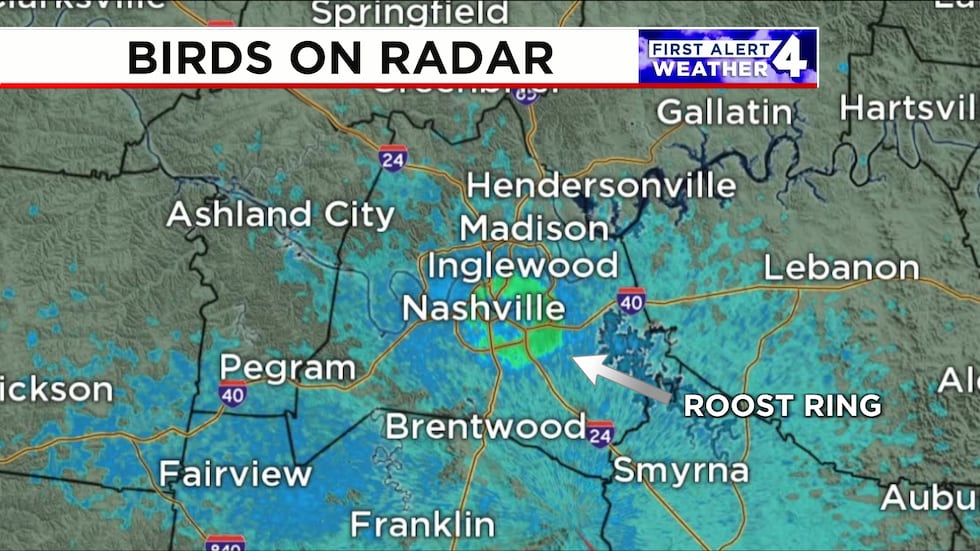
In the image above, the green return you see on the radar is what we know as a ‘Roost ring.’ ‘Roost rings’ show up as circular rings on the radar as the beam detects thousands of birds taking off from their roosting sites around dawn.
Aside from birds, ‘clutter’ on the radar can be from wind turbines, insects, and bats, for example. During tornadoes, debris can also be picked up on radar.
Copyright 2024 WSMV. All rights reserved.

